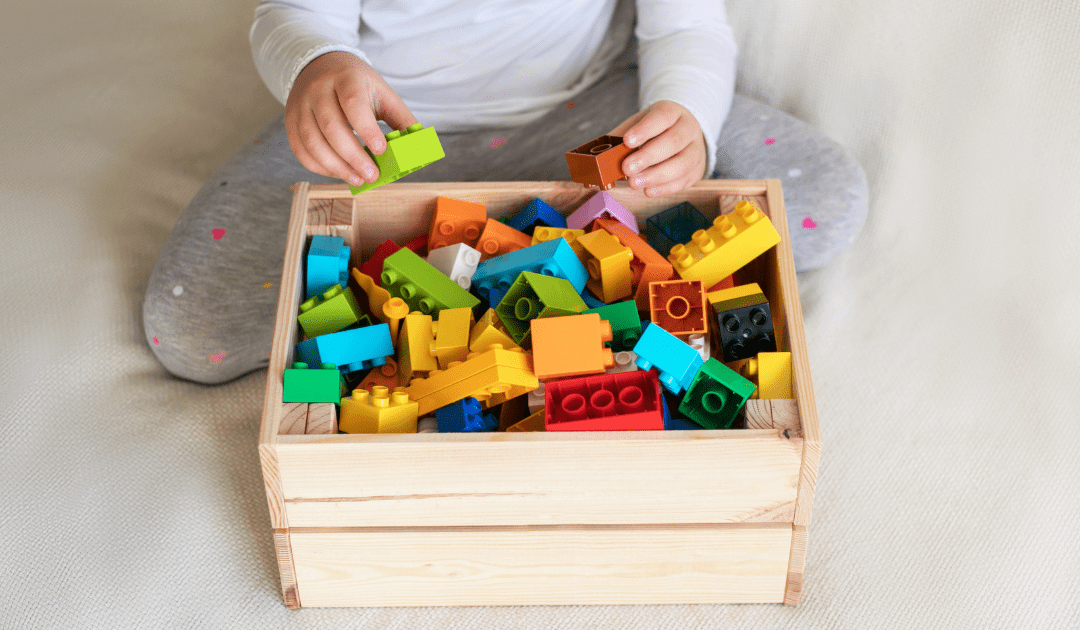In-home Applied Behavior Analysis (ABA) therapy provides a personalized and comfortable setting for children with autism to receive the support they need. To ensure the effectiveness of in-home ABA therapy, it’s essential to prepare your home environment thoughtfully.
In this blog, we’ll explore valuable tips to help you create a conducive and enriching space for your child’s ABA therapy sessions.
- Designate a Quiet and Distraction-Free Space: Select a quiet and clutter-free room where ABA therapy sessions will take place. Minimize distractions by removing unnecessary items and ensuring a calm ambiance. This dedicated space helps your child focus on therapy activities and encourages a productive learning environment.
- Organize Materials and Supplies: Gather and organize the materials, toys, and tools that your child’s therapist may use during sessions. Having these resources readily available can save time and make transitions between activities smoother, ensuring that therapy time is maximally utilized.
- Create Visual Supports: Visual aids, such as schedules, charts, and communication boards, are integral to ABA therapy. Design and display visual supports that help your child understand routines, expectations, and tasks. These aids facilitate communication and reduce anxiety during sessions.
- Ensure Proper Lighting: A well-lit room enhances engagement and focus. Natural light is ideal, but if that’s not possible, choose soft and adjustable lighting to create a comfortable atmosphere. Proper lighting can positively impact your child’s mood and attention span.
- Provide Comfortable Seating and Workspaces: Arrange comfortable seating options and workspaces that accommodate both your child and the therapist. A cozy and ergonomic setup encourages a positive attitude towards learning and encourages your child to actively participate in therapy activities.
- Establish Consistent Routines: ABA therapy often follows structured routines. Collaborate with your child’s therapist to establish a predictable schedule for sessions. Consistency helps your child know what to expect, reduces anxiety, and fosters a sense of security.
- Encourage Family Involvement: In-home ABA therapy can be more effective when family members actively participate. Create an open and supportive environment that encourages family involvement. Learning the therapy techniques and strategies allows you to reinforce your child’s progress beyond the therapy sessions.
- Minimize Distractions: During ABA therapy sessions, minimize potential distractions such as loud noises, electronics, or other disruptions. Inform other family members about the therapy schedule to ensure a focused and uninterrupted session.
- Promote Positive Reinforcement: Work with the therapist to implement a consistent system of positive reinforcement. Create a space where rewards and incentives are readily accessible to acknowledge your child’s achievements and efforts during therapy.
- Regularly Evaluate and Adjust: As your child’s needs and progress evolve, your home environment may need adjustments. Regularly communicate with the therapist to evaluate the effectiveness of the setup and make necessary changes to optimize the learning experience.
By thoughtfully preparing your home environment for in-home ABA therapy, you’re setting the stage for meaningful and impactful learning experiences for your child. Creating a comfortable, organized, and supportive space empowers your child to thrive and make significant progress in their development journey.
Your dedication to crafting an ideal therapy environment contributes immensely to your child’s success and well-being.

